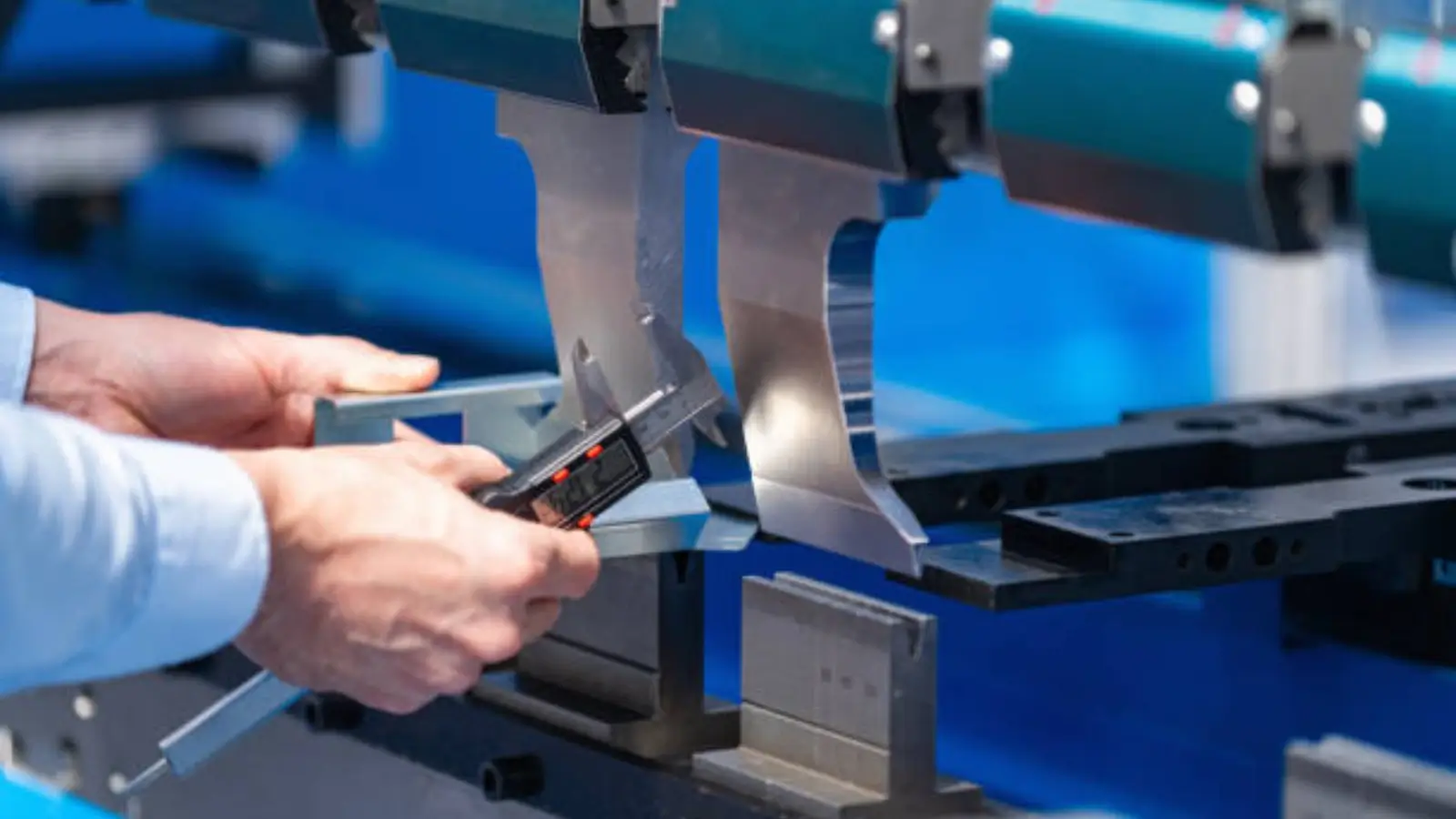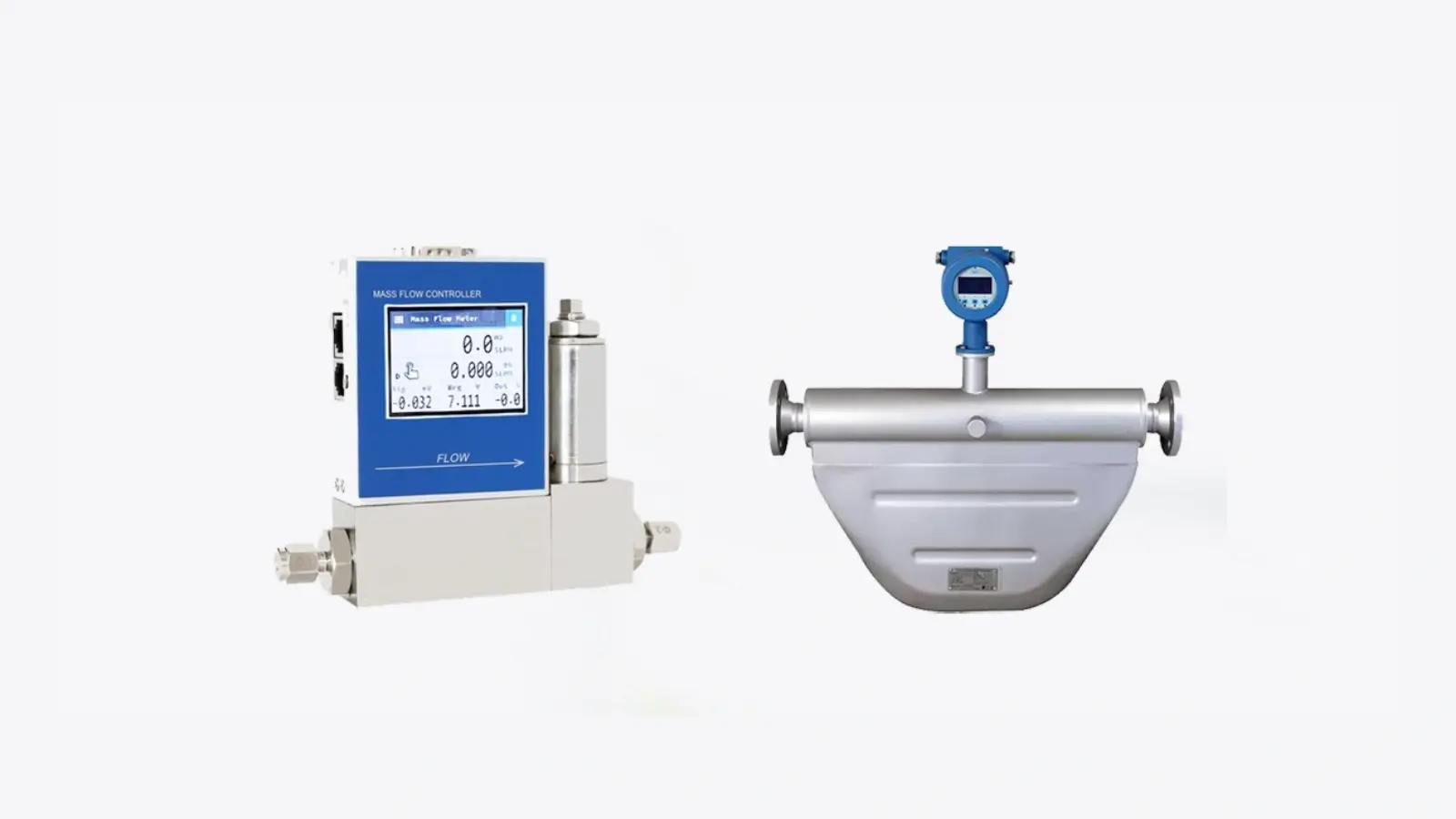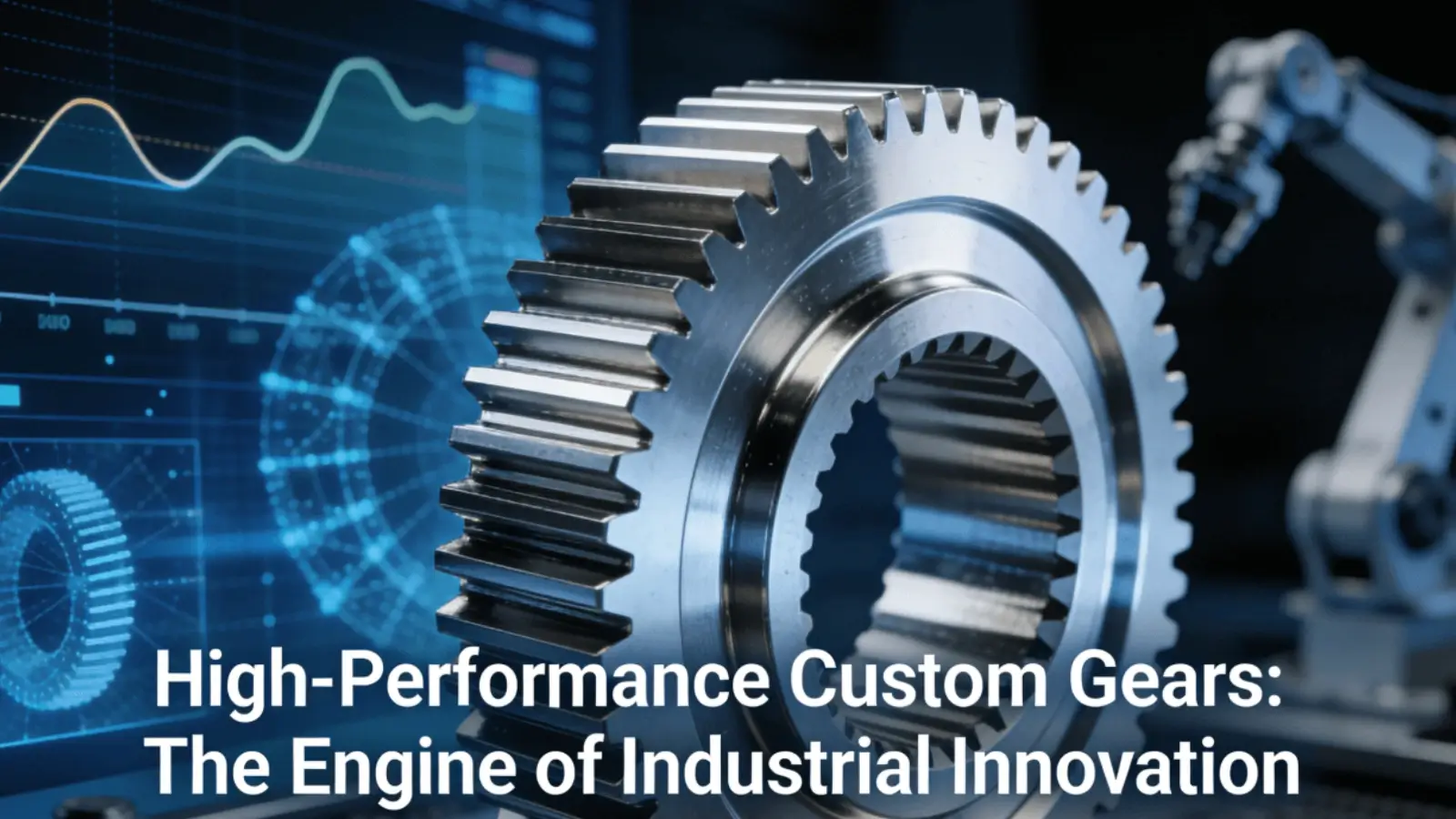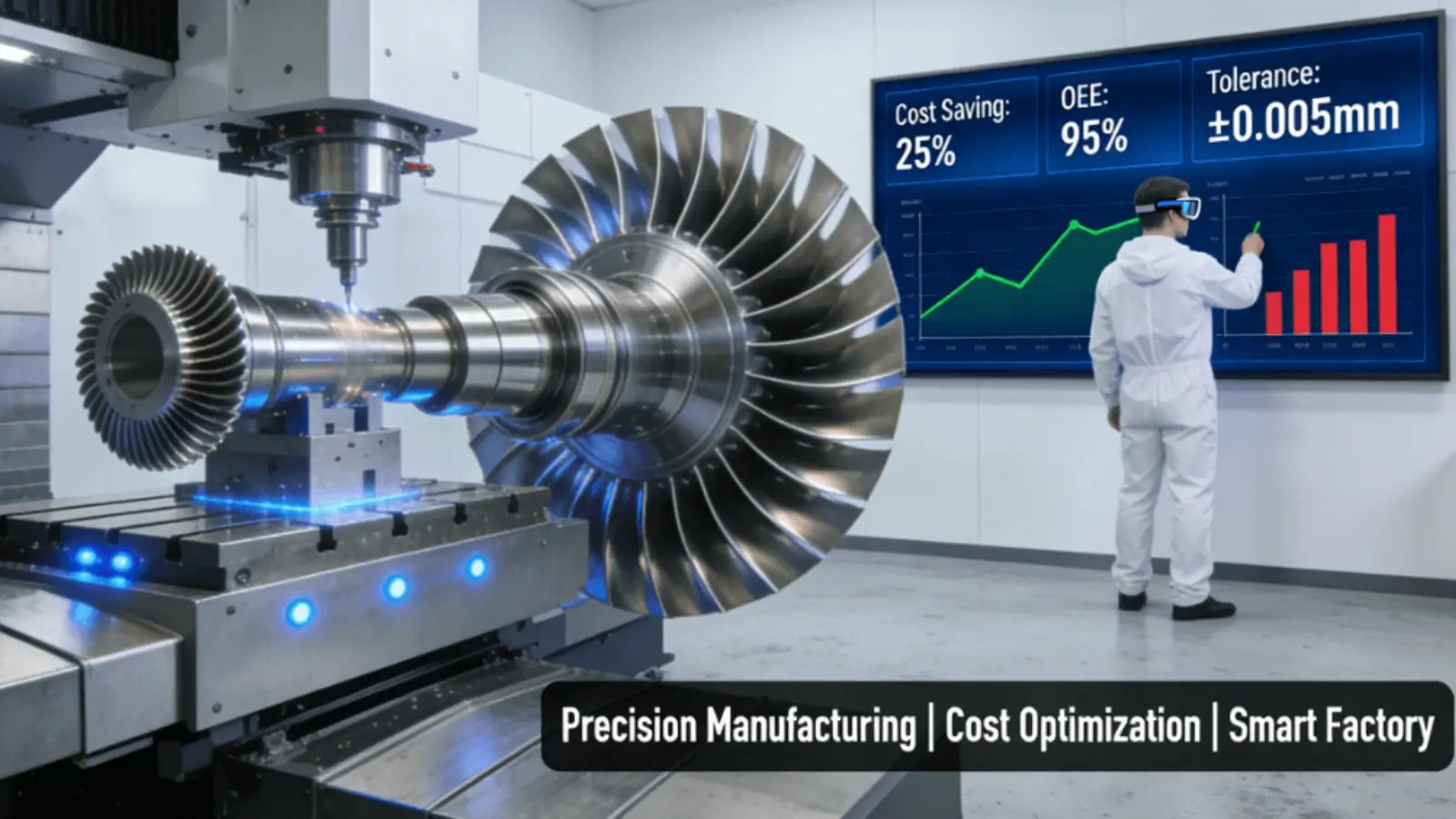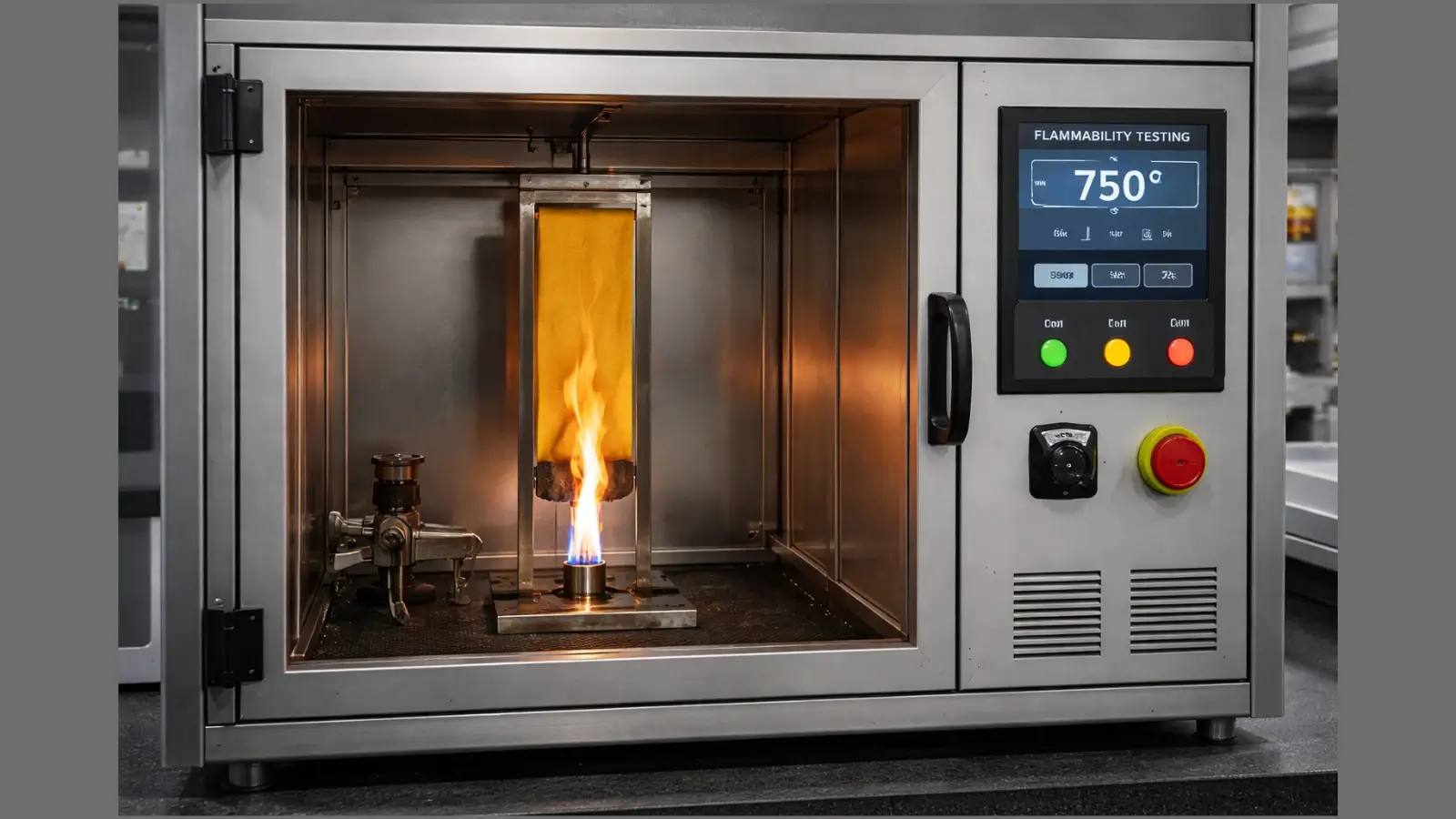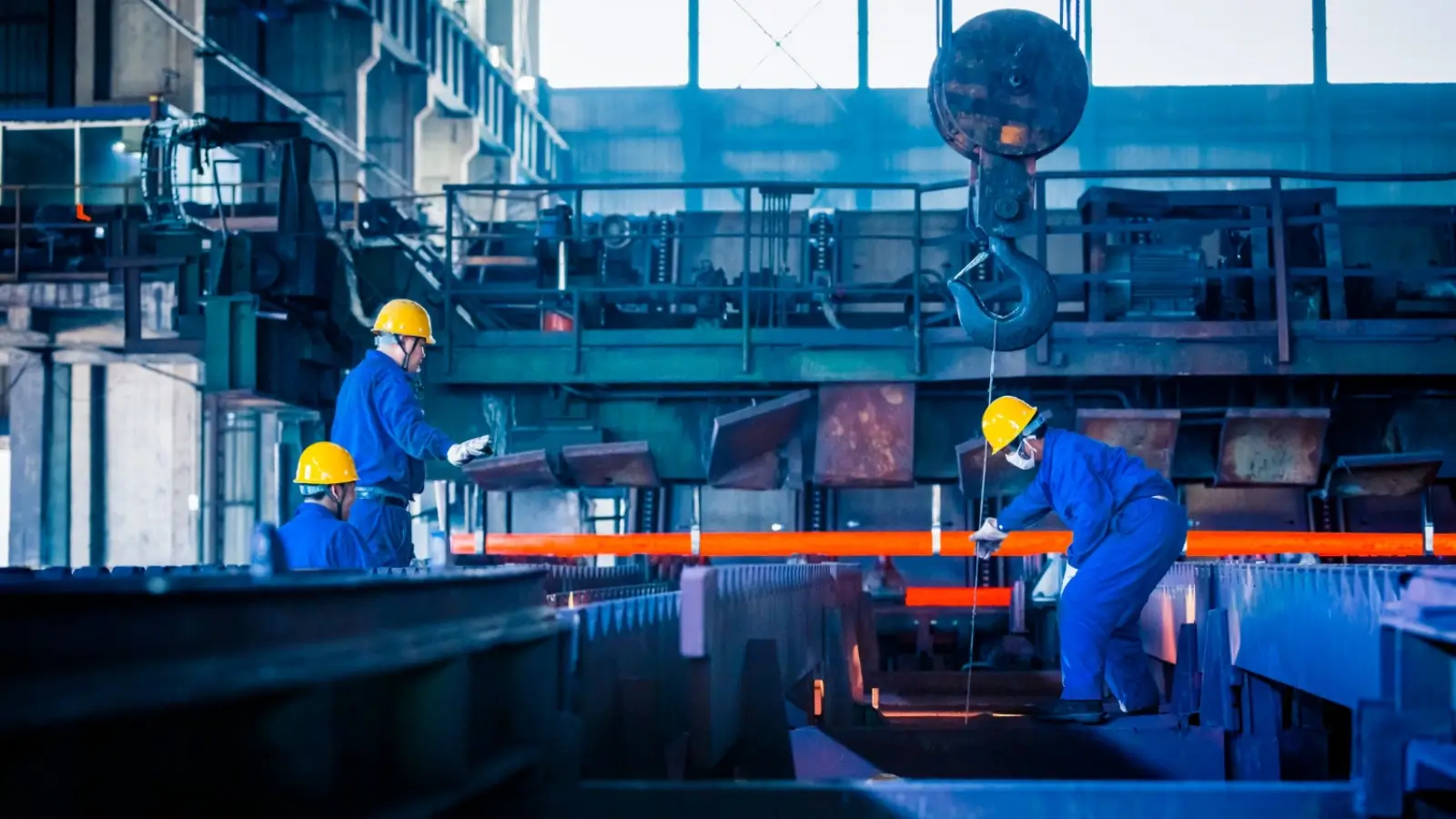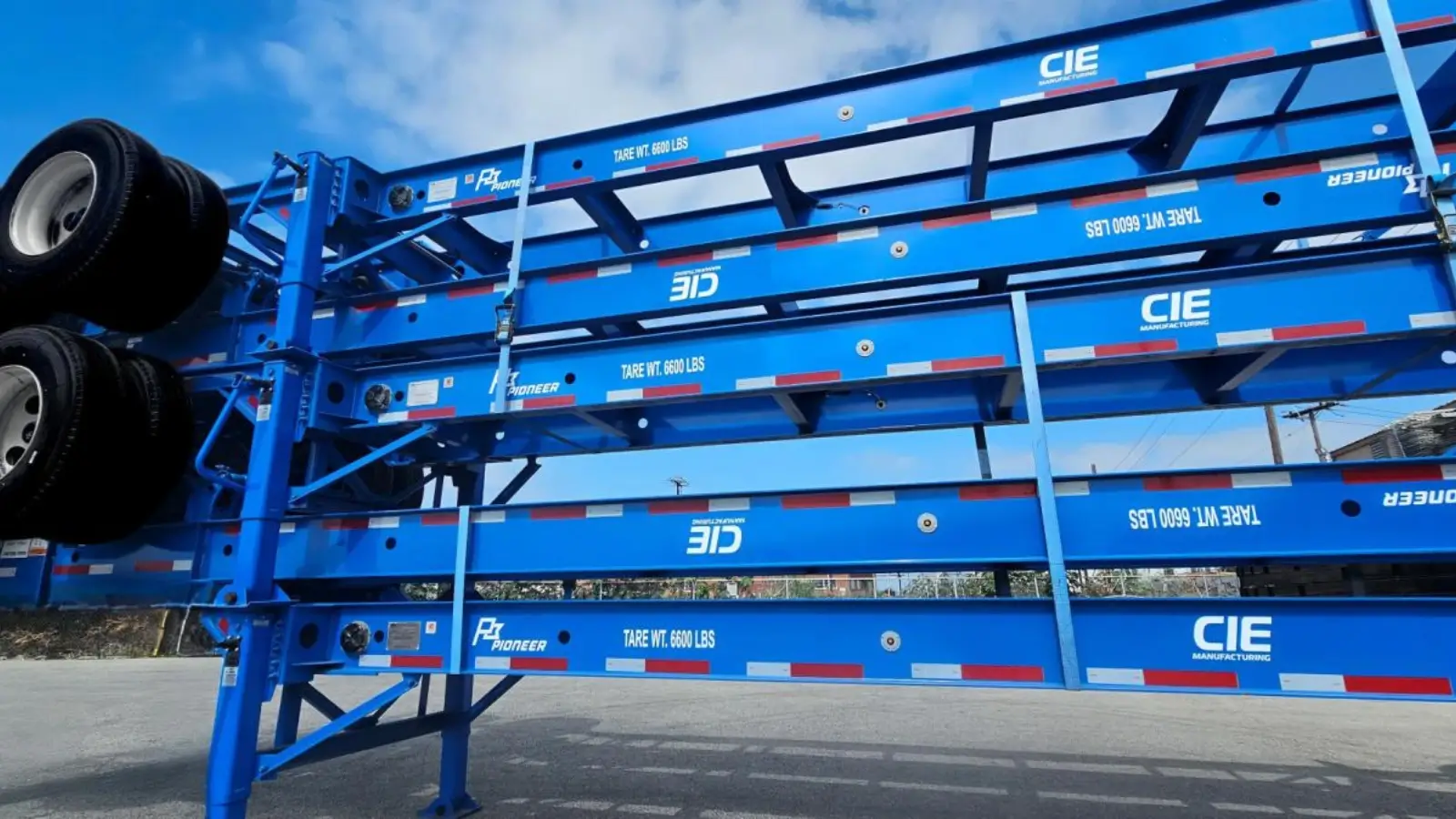The advancement of technology has made it easier and more important than ever to move from idea to prototype in product development. Iterating on designs, testing functionality, and validating form and fit is crucial for various industries including consumer electronics and aerospace and many more. One of the most advantageous tools available to modern engineers and designers is prototyping metal laser cutting services, which streamline the prototyping process with their unbelievable speed, accuracy, and versatility. Working with a professional metal sheet fabricator who provides laser cutting services can help improve the quality and reduce the lead times of your prototypes, paving the path for production.
Accuracy and efficiency for Rapid Prototyping
The integration of efficiency and accuracy is arguably the most striking benefit of metal laser cutting when making prototypes. Older methods of cutting were custom made and served as a slow funnel primary tools, set up time and manual steps all brought additional downtime. Unlike them, laser cutting systems use CAD and DXF files which enable cutting directly off digital documents. This means that engineers can complete the cycle of design to part in hours. This is great for rapid prototyping where design iterations happen often and how fast the product gets to market has a major impact on competitiveness. The offered tolerances from metal laser cutting machines are very tight, often within ±0.1mm along with smooth and clean edges devoid of burrs which vastly limits the need for post-processing. These qualities enable prototypes to be tested multiple times with high levels of accuracy ensuring that all versions of the prototype closely match the design. For industries that require great attention to detailing and complex geometry, laser cutting is the answer and offers control and consistency that is beneficial against competing traditional methods. Moreover, it allows the fabrication of complex parts such as those that require compliance with government regulations or safety certifications strengthening the trust engineers place on their results.
Affordable Short-Run Fabrication
Cost savings is yet another advantage laser cutting offers during the prototyping stage. It does not require any expensive tooling or molds, which supports traditional fabrication and unfortunately incurs a large upfront cost. This is ideal for producing one-offs or small batches without quality or performance compromise. A competent metal sheet fabricator can further enhance material savings with nesting software, thereby reducing waste and material costs. Furthermore, parts can be made by the same machine setup with minimum changeover time, enabling businesses to try out different designs or new materials at no extra cost. The ability to produce multiple iterations in a short period and at a low cost is beneficial to both startups and manufacturers. It encourages an agile development cycle in which products undergo testing and feedback before reaching the final version to ensure readiness for market validation. In highly competitive industries where time and precision make or break success, this is invaluable.
Flexibility With Materials and Applications Employed
Metal laser cutting maintains its superiority along a multitude of metals and their complex cut patterns which add another layer of significance to this technology. Laser cutting machines efficiently process aluminum, stainless steel, mild steel, copper, and brass without any reduction of quality. This adds a significant amount of value to engineers who want to accurately perform evaluation tests on their prototypes with the actual materials that will be used in production. Sometimes, designers in the initial phase of prototyping try to change the materials they use to compare weight, strength, or conductivity and finalize the selection later. A professional laser sheet metal fabricator usually provides complete metal laser cutting services, which include consultation on material selection. Such support ensures that clients choose the optimal material for their application without compromising functionality. All of these factors combined make every prototype a true testament to optimized scalability and durability under real-life conditions. Laser cutting serves many business needs ranging from structural components, enclosures, heat sinks, and alongside other fabrication processes like bending, welding, and finishing, ensuring all project requirements and product types are met under one roof.
Seamless Integration with Design and Manufacturing Workflows
One notable benefit associated with laser cutting in prototyping is how it seamlessly integrates within the greater ecosystem of design and manufacturing workflows. As collaboration is often simplified with shared team files, cuts, edits, and implementations can be done without starting anew owing to the digital system of laser cutting. This smooth transition is especially useful while moving from prototyping to full-scale production because a lot of the digital assets such as those used in CNC machining, stamping, or assembly processes, can be transferred and reused. Also, assuring that the tested data is relevant and reliable, the precision of the laser cut prototypes greatly reduces the discrepancies existing between the prototype and the final product. This close feedback cycle of design, testing, and production aids in the reduction of costly redesigns while simultaneously improving the overall product. Therefore, working with a competent metal sheet fabricator who understands the lifecycle of a product from prototyping to manufacturing becomes invaluable as these are the partners that can scale with companies through different developmental phases. The integration of metal laser cutting services with the expertise of a metal sheet fabricator unlocks unparalleled agility, scalability, and efficiency, streamlining the journey from concept to realization.
That degree of vertical integration enables engineers to better manage the entire product lifecycle while eliminating delays from inefficient communication or inconsistent, low-quality workmanship from external suppliers.
Final Thoughts
Prototyping would be impossible for engineers, designers and manufacturers without metal laser cutters. The cutting's precision, speed, versatility in materials, and cost-effectiveness render it superior to traditional methods. Businesses can easily compete in today's markets by iterating, testing, and refining designs quickly. Engaging with a skilled metal sheet fabricator who has modern metal laser cutting equipment enables companies to optimize their development cycles by minimizing waste and utilizing resources more efficiently. Laser cutting excels from initial concepts to production-ready parts, delivering the reliability and precision required to solve real-world problems. As customization and rapid delivery become the norms in industry, laser cutting will transform product design, prototyping, and manufacturing, advancing them with unprecedented precision.

